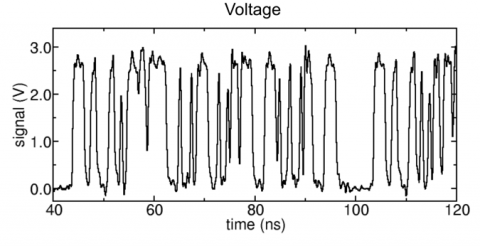Monitoring AWS DynamoDB performance and latency
Amazon DynamoDB is a fully managed NoSQL database service provided by AWS and is tailor-made for serverless applications. As a fully managed service, we don’t have to worry about operational tasks with DynamoDB, such as hardware provisioning, configuring instances, scaling, replications, software patching, etc.











